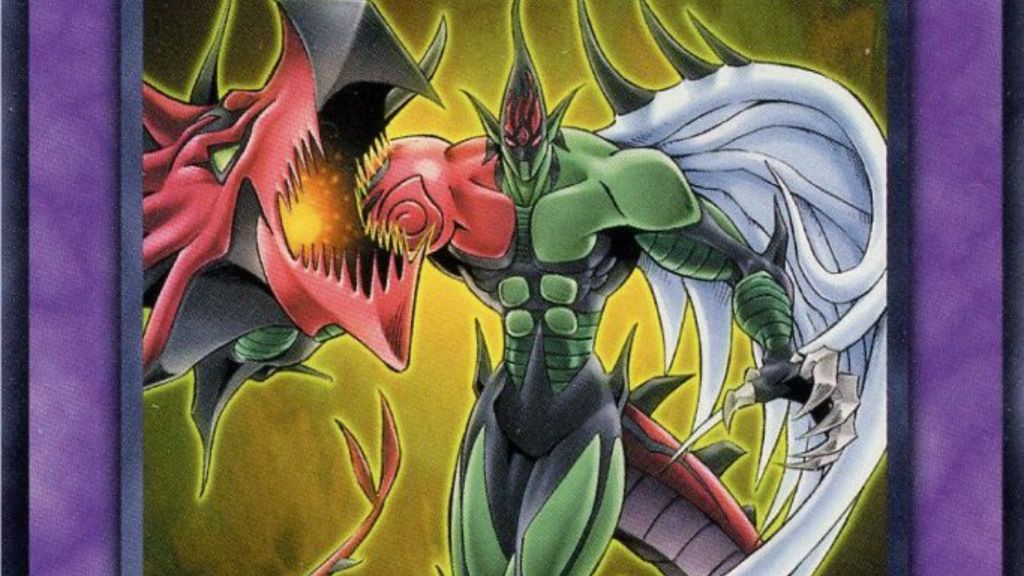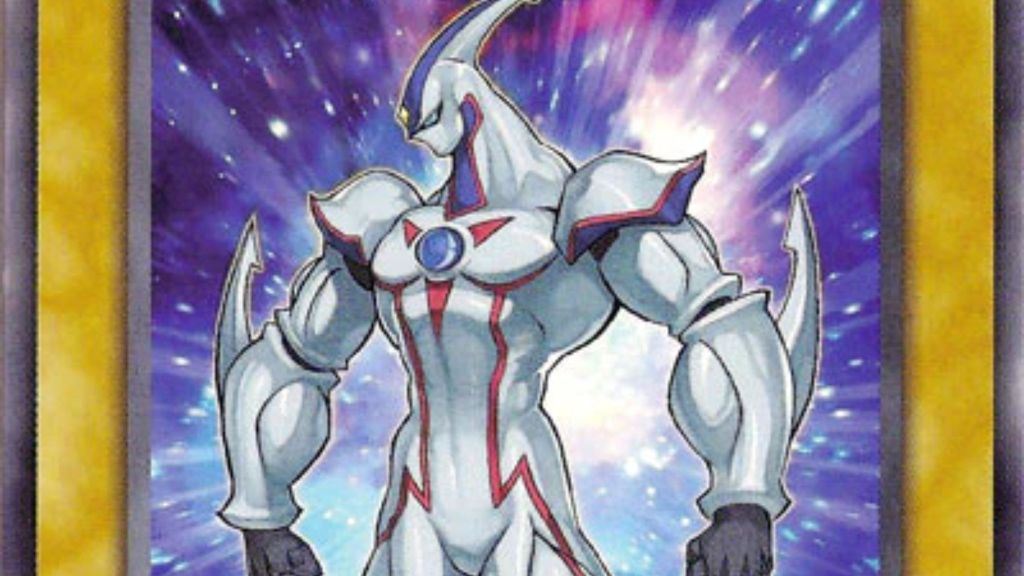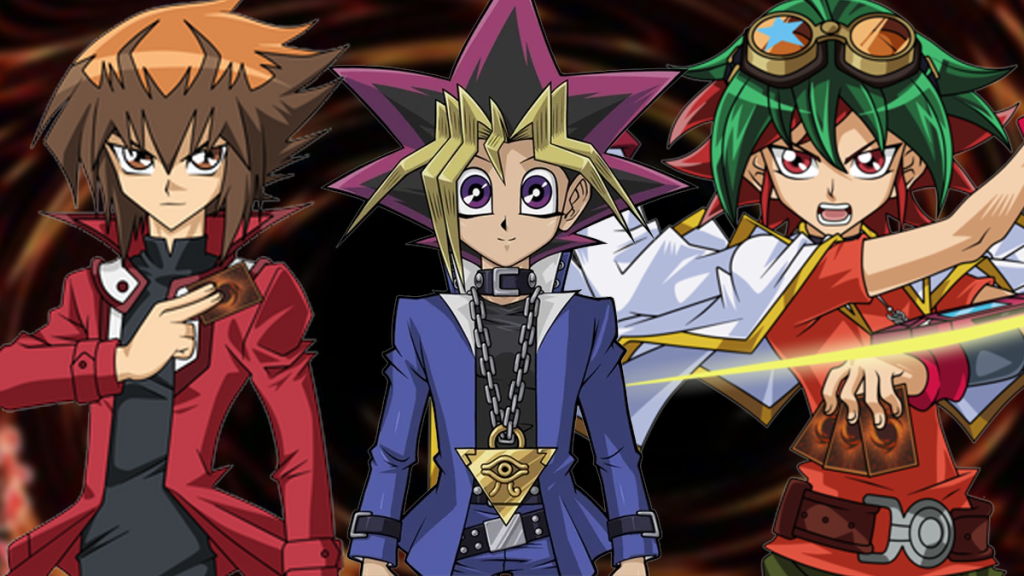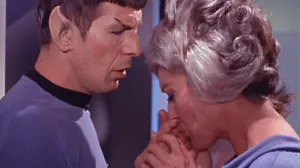An ace or signature card is like a character’s main card in the Yu-Gi-Oh! franchise. Aces are traditionally the most commonly used cards by a specific duelist in the series. Examples in the franchise include Yugi Muto’s Dark Magician card in the original series or Yusei’s Stardust Dragon from 5DS. All the lead’s ace cards have one important feature in common. It’s a specific feature that makes identifying a main character’s ace card easier. Nearly every protagonist’s ace card has a base Attack point total of 2500. Shockingly, though, when going through the different Yu-Gi-Oh anime, it took the franchise a while to firmly establish that unspoken rule of ace cards. All the common features of a protagonist’s ace card can be pinpointed back to Dark Magician, which did have the 2500 base Attack. However, it took Yu-Gi-Oh! GX until its second season to establish the pattern and make it a trope.
Videos by ComicBook.com
When GX first began airing, many of the cliches and traditions associated with the franchise had yet to be accepted. When the series started, fans weren’t even aware that an ace card should follow a specific trope because there was only one other show beforehand. Even GX itself seemed to be unaware if it was meant to follow a specific set of rules until further down its run. When GX accepted the plot elements from the original series, fans could grasp the tropes and traditions of the franchise.
[RELATED – Yu-Gi-Oh! Announces Anime Remaster (But Not For The Series You Think)]

The Original Ace Card of Yu-Gi-Oh! GX Didn’t Have 2500 ATK
Yu-Gi-Oh! GX starred the prodigal yet unserious Jaden Yuki, who attended the prestigious Duel Academy to become a professional Duel Monsters player. Right away, Jaden was everything that Yugi (and Atem) weren’t in the original Yu-Gi-Oh show. Jaden was an airhead, rarely took things seriously, and was very outgoing. GX intentionally started with lower stakes, with the first half of the first season covering the characters’ day-to-day lives in the academy. To further set himself apart from Yugi, Jaden used a specific themed deck that involved only one archetype – the Elemental Heroes. Yugi didn’t have a particular theme around his deck, it was just a hodge-podge of cards he used whenever the plot demanded.
GX didn’t need to follow any traditions because no traditions were established yet. While certain things were carried over from the original series into GX, like Jaden getting a Kuriboh card and having a Kaiba-like rival, there was no rule on what a protagonist’s ace card should be. Jaden was meant to be the opposite of Yugi, following his own rules and play styles separate from the original King of Games. Jaden’s dueling method evolved around Polymerization, fusing two monster cards to create a better creature. Early in GX’s runtime, the fusion monster Elemental Hero Flame Wingman served as Jaden’s ace. Flame Wingman was a relatively weak fusion monster, even at the time, with only 2100 attacks and 1200 defenses. Nevertheless, the fusion monster had a great ability, inflicting damage to an opponent’s life points equal to the attack of a monster Flame Wingman had sent to the graveyard. Flame Wingman came in clutch for Jaden multiple times in the first season of GX.

Elemental Hero Neos Establishes The 2500 ATK Rule
As Yu-Gi-Oh! GX continued, the series started bringing more elements from the original show. GX got more serious, with Jaden evolving into a different person as the series progressed. After an existential crisis, Jaden discovers the Neos cards in the second season. Among the Neos card would be the monster card that becomes Jaden’s main ace for the rest of the series, and firmly establishes the 2500 Attack point stat rule. Elemental Hero Neos would become Jaden’s ace, having 2500 Attack and 2000 Defense. The attack stats were a clear callback to Yugi Muto’s Dark Magician card, which was the first protagonist ace in the series.
From then on, almost every main protagonist’s ace will have 2500 Attack points.
- The ace card for Yussei in Yu-Gi-Oh! 5DS is Stardust Dragon with 2500 Attack and 2000 Defense.
- Yuma’s signature card from Yu-Gi-Oh! Zexal is Number 39: Utopia with 2500 Attack and 2000 Defense.
- Yuya’s main card in Yu-Gi-Oh! Arc-V is Odd-Eyes Pendulum Dragon with 2500 Attack and 2000 Defense.
- Yu-Gi-Oh! Vrains bucks this trend with Playmaker’s ace being Decode Talker, which only has 2300 Attack. However, Vrains initially set up Firewall Dragon as Playmaker’s ace, and Firewall Dragon does have 2500 Attack. Firewall Dragon quickly got banned from competition, potentially explaining Vrains’ pivot away from Firewall Dragon and to Decode Talker.
- Yu-Gi-Oh! Sevens and Go Rush!! also don’t follow the ace rule, but those shows technically follow a different card game with different rules.

It Took Awhile for Yu-Gi-Oh! to Find its Identity
Jaden became progressively more like Yugi as GX continued. Not only would he become more serious as the series ended, but a spirit would possess his body. It’s a similar situation between Yugi and Pharoah from the original show. The protagonist having an external spirit cohabiting with them would also later act as a trope in the series, reappearing again in Zexal and Arc-V. Jaden adopted a monster card with the same attack points as his predecessor’s ace, which may represent Jaden becoming more Yugi-like. However, in the final episodes, Jaden re-adopts his carefree nature during a friendly duel with Yugi himself.
While the ace rule is firmly ingrained in Yu-Gi-Oh! mythology now, it took the franchise a little time to fully confirm the trope. The creators were still experimenting with the franchise in GX, still deciding what elements from the original show should be carried over. It should be noted that the most iconic parts of the Yu-Gi-Oh! Duel Monsters anime wouldn’t show up later in that series, either. The duel disks are stables in the franchise, yet they weren’t introduced until the original show’s second season. The cards didn’t really follow a set of rules in the first season, either. It wouldn’t be until the Battle City arc that the core basics of the rules would be firmly set, establishing the core principles of the card game. Sometimes, it just takes a while for a franchise to find its identity.








